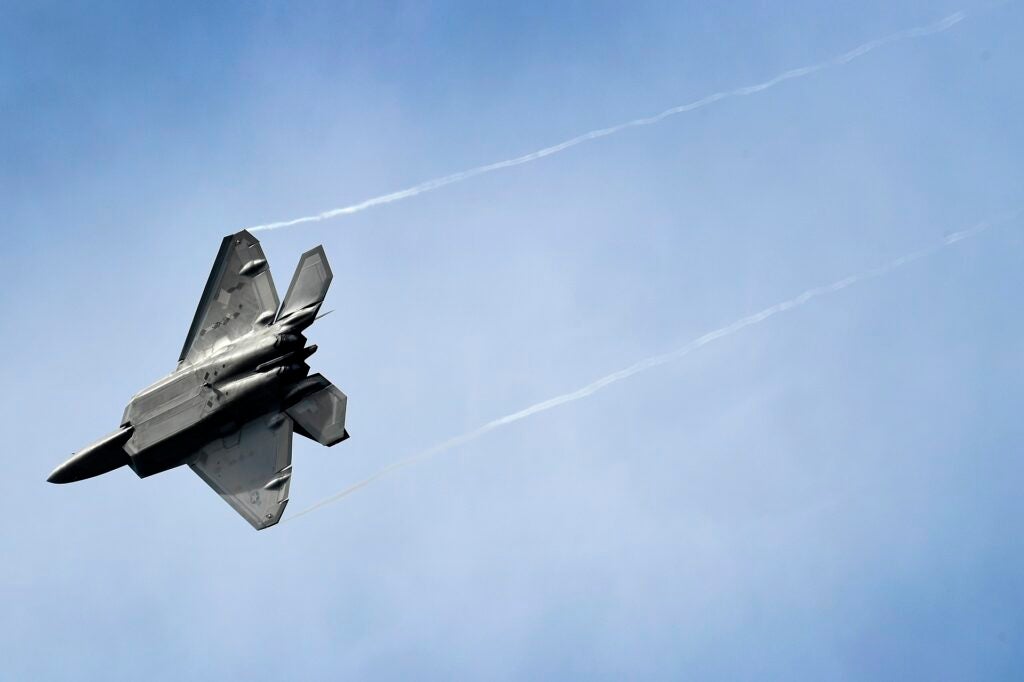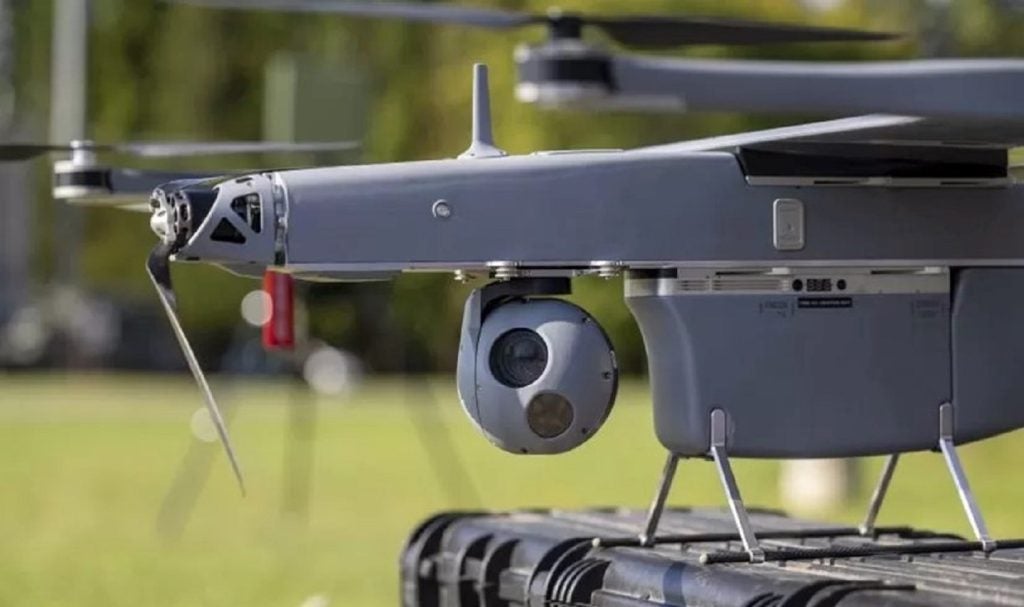Air Force personnel from the Indo-Pacific region presented Rays to Jet Power, a novel energy solution that reduces fuel consumption and logistics costs by half, at the Logistics Officer Association symposium in St. Louis, Missouri on 27 March 2024.
The technology was developed to address the logistical limitations posed by conventional fuel generators in Agile Combat Employment (ACE) operations.
Master Sergeant Jet Nesle, the project lead, described the new system as a resilient source of energy that could continuously provide 60 kilowatt-hours of power. This system, which utilises roll-out fabric solar panels to harness solar energy, is presented as an immediate, sustainable, and environmentally friendly alternative to diesel generators. “Its adaptability is remarkable, as it can replace nearly all diesel fuel consumption in various settings, from military bases to remote communities,” said Nesle.
Rays to Jet Power emerged from the Air Force Logistics Directorate’s Aether Sprint initiative, affiliated with the Tesseract Office of Innovation. The initiative is an annual event aimed at fostering direct collaboration between frontline Airmen and senior leaders to solve logistical challenges.
The project has already received $1.9m in additional funding and was recognised as a finalist in the Tesseract Aether Sprint. Major Ray Hill, Pacific Air Forces innovation lead, expressed excitement about the opportunity to bring this innovation to a wider audience and its potential for rapid deployment. “We're really excited about the opportunity to showcase this innovation on a larger stage and compete for the chance to deploy this technology to the field and to the warfighter as quickly as possible.”
The work by the Rays to Jet Power team has garnered interest from military units and international partners, recognising its potential not only in military settings but also in humanitarian efforts and support for remote communities. The team is actively seeking partners to facilitate the adoption of Rays to Jet Power across the Air Force and the Department of Defense, aiming to contribute to a sustainable future.
Technical Sergeant Manny Rivero, an electrical power production instructor, pointed out the financial and logistical challenges of deploying and maintaining traditional generators during disaster responses. The innovation has the potential to significantly reduce diesel fuel consumption across a variety of military operations, and in providing aid in remote communities, such as in the wake of Typhoon Mawar in 2023, when the limitations of relying on diesel generators became starkly apparent. "Our response teams grappled with the immense challenge of deploying and maintaining 78 generators, each draining $2,000-$4,000 daily to sustain critical services,” said Rivero.He noted that a shift to sustainable alternatives like Rays to Jet Power could have altered the response dynamics to such natural disasters.
GlobalData's 'Environmental sustainability in defense: solar powered aircraft' report, identifies 237,000 patents filed and granted in the aerospace and defence industry that have been filed in environmental sustainability, electrification, and operational efficiency in the last three years.











